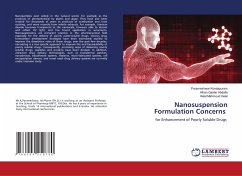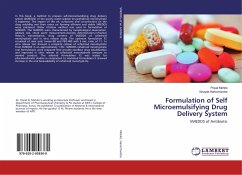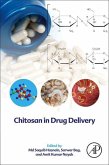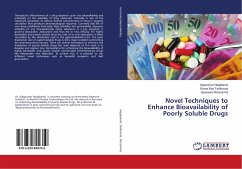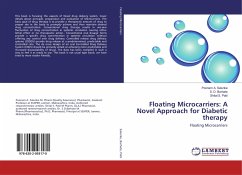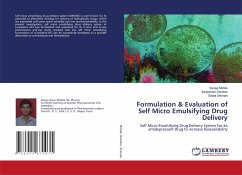Nanoparticles exist widely in the natural world, for example as the products of photochemical by plants and algae. They have also been created for thousands of years as products of combustion and food cooking, and more recently from vehicle exhausts. For example, titanium dioxide becomes transparent at the nanoscale, however able to absorb and reflect UV light, and has found application in sunscreens. Nanosuspensions are prevalent practice in the pharmaceutical field especially for the delivery of poorly water-soluble drugs. Various drug formulation development strategies have been extensively studied to improve the dissolution rates of these drugs, over the past few decades, nanosizing is a non-specific approach to improve the oral bioavailability of poorly soluble drugs. Consequently, promising ways of delivering poorly soluble drugs, peptides and proteins have been devised. In addition, attractive drug delivery technologies, such as transdermal patches, nanodevices, bioadhesive systems, implants, micro-fabricated systems, cell encapsulation devices, and novel nasal drug delivery systems are currently under intensive study.

